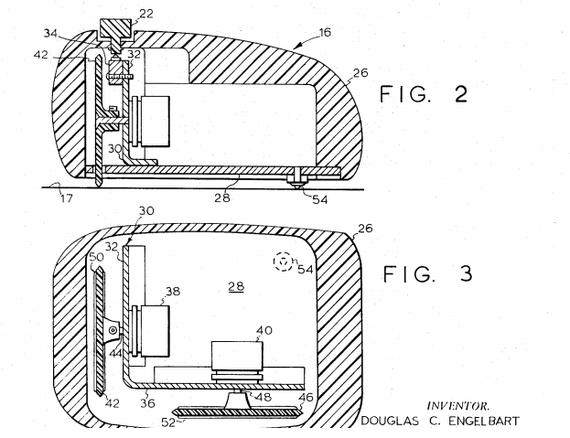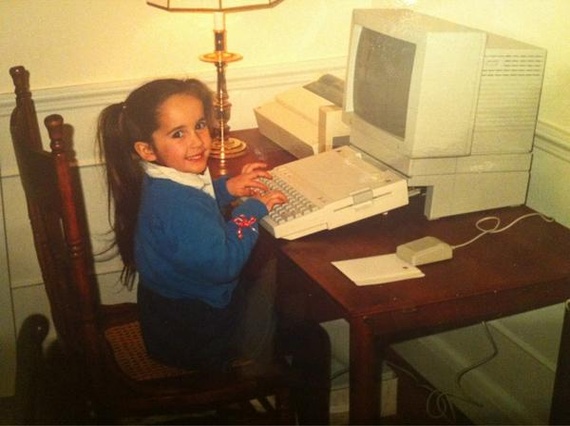The First Computer Mouse was Patented in the 1960s

Pressmaster/Shutterstock.com
The pointing device was "a major selling point of the Macintosh" when personal computing went mainstream.
If it had been up to Douglas Engelbart, his invention would have been called the "X-Y position indicator for a display system.” That's how the man who designed the mouse described what he'd made in his 1967 patent filing .
But "mouse" became early shorthand for the beige box with the wire tail, and the cutesy term stuck. "I don't know why we call it a mouse," Engelbart said in his now-famous public demonstration of the technology on December 9, 1968. "Sometimes I apologize it started that way and we never did change it."
Of course, the way people talk about technology evolves along with their technological habits. Like how, long before Google became a verb, "computers" were humans , and the way movies were "motion pictures." In 1980, when The New York Times wrote about the brand-new Sony Walkman, it was a "stereo-to-go—and only you can hear it." In 2001, the iPod was explained in tape-era terms, described as "the size of a cassette." And in 2002 , when the development of the first iPhone was still a rumor, it was "a telephone with personal digital assistant features."
Engelbart caused a sensation in the computing world with his 1968 demonstration of the mouse, but it was more than a decade later that the general public began to use the device. In the 1980s, newspaper writers described "a computer attachment called a mouse" and "a handheld device called a mouse—a major selling point of the Macintosh."

Here's how the Times explained its functionality in 1983:
Instead of typing instructions, one points to pictures on the screen by sliding a handheld device called a mouse along the top of the desk next to the computer. As the mouse moves, the cursor - the arrow that points to particular places on the screen - moves accordingly.
As to the mouse, it is part and parcel of the Mac revolution, and it will probably be the reason you either sign up for or turn your back on this machine. To a large extent, the Macintosh works with what has been termed a 'finder environment.'
You find either a word or an icon or pictogram on the screen representing what you want the computer to do, then slide the mouse on your desk to move the cursor into position over that screen object, then press the button on the mouse to activate that particular part of the program... To print what is in a file, all you do, essentially, is bring the cursor down to ''print,'' press the mouse button and release.
In those days, well before mice had scroll dials, the mouse was a Buick of a thing. Just look at the clunker attached to my first computer in the late 1980s:

Back then, the over-30 set will remember, you had to periodically take apart the mouse and clean out the lint from around the heavy roller ball inside. As the years passed, the design got sleeker. Mice were contoured to fit the user's hand, made of shiny plastic, lightweight, and eventually wireless. There have been other incarnations, too. A knee-controlled device and a floor mouse that you could control with your foot like a gas pedal. (Not to mention joysticks and light pens .)
But the handheld mouse was and is something special. It was the essential tool for millions of people as they first interacted with computers—and a remarkably tactile and simple device at that.
What will become of the mouse now that computing has long since left the desktop? Increasingly, we live in a world of trackpads and touch screens. And though the mouse may stick around for a time , like so much once-ubiquitous tech , it will likely disappear in plain sight.
( Image via Pressmaster / Shutterstock.com )


